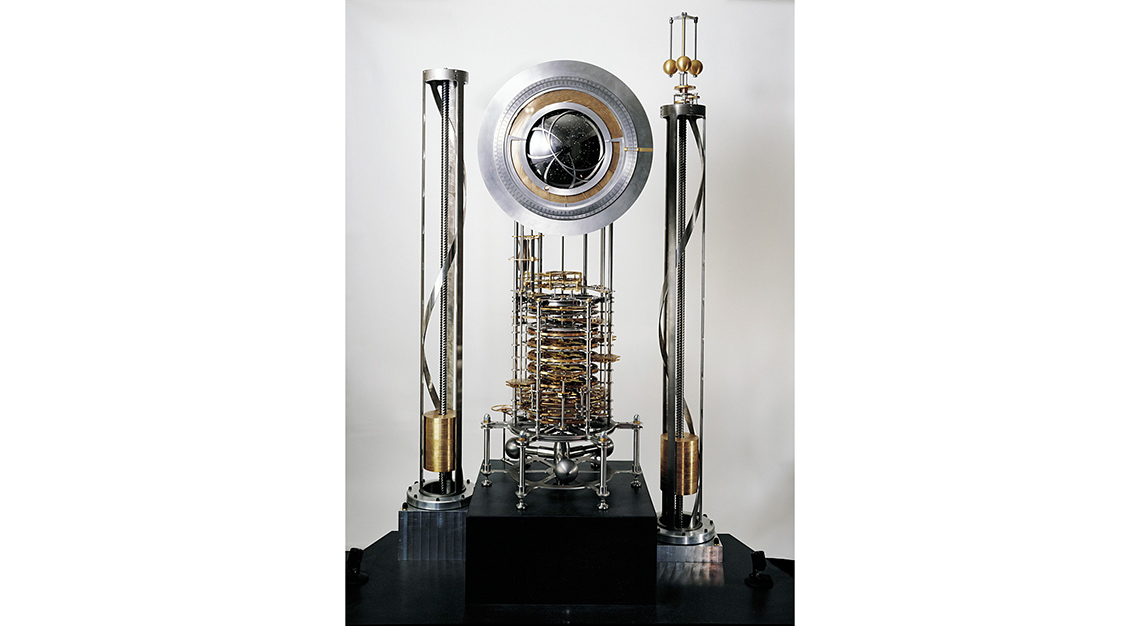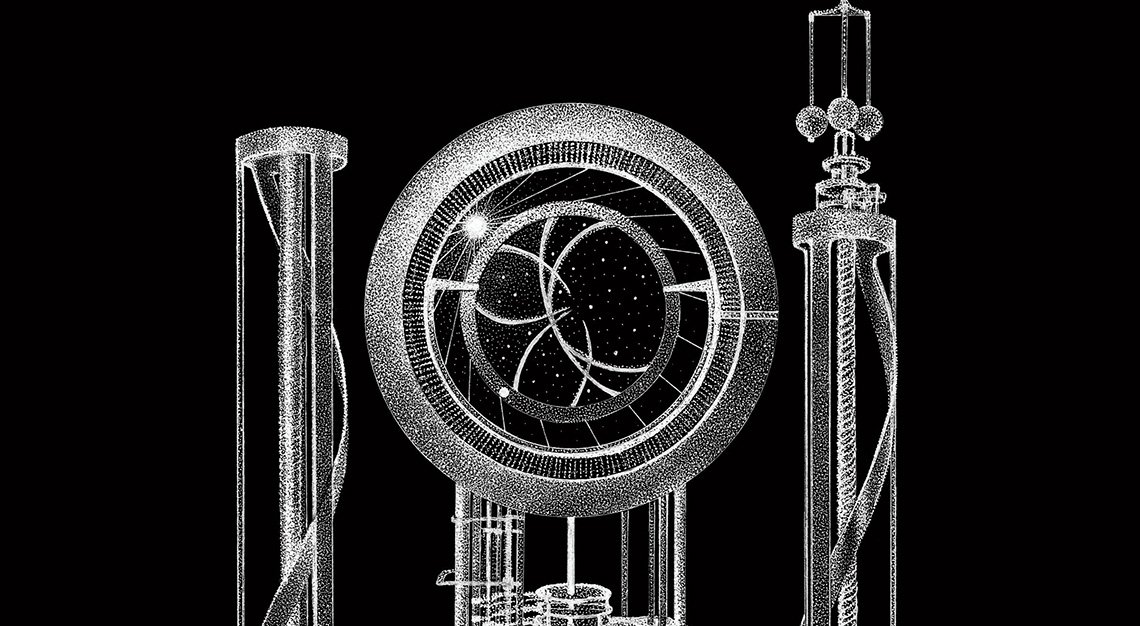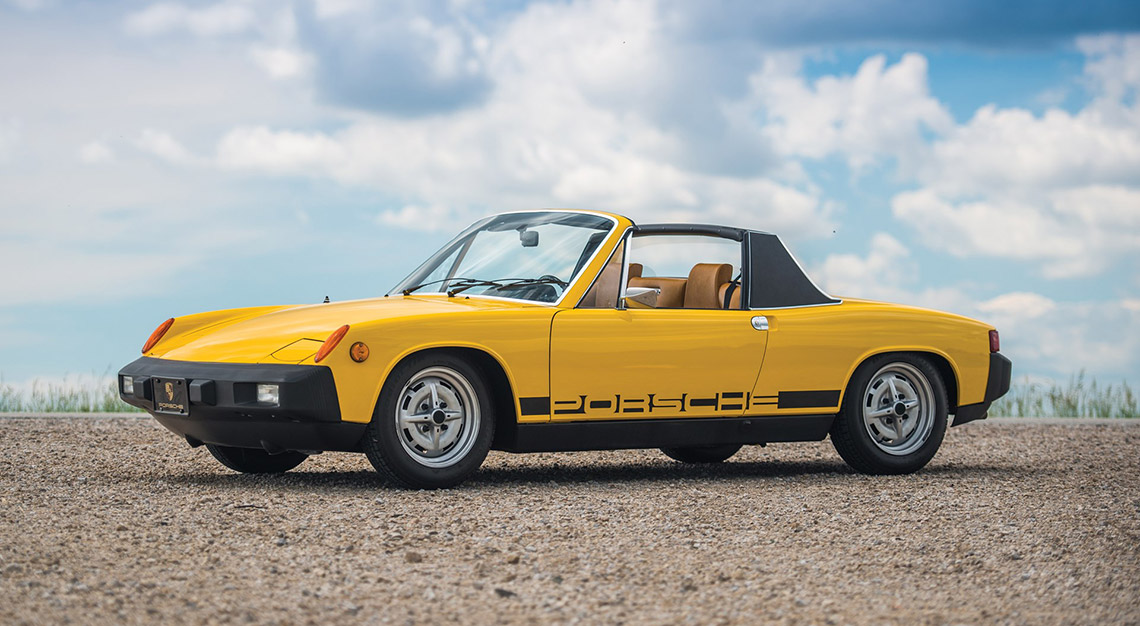First, an Amazon empire, then a rocket-powered VTVL vehicle, and now a giant clock. What’s next, Jeff Bezos?
When it comes to time-telling devices – be it watches, pocket watches or clocks – the highest prices commanded are usually at auctions. Take for example the Rothschild Fabergé Egg clock, which was designed in 1902 for the Rothschild family as an engagement present. Not only was it the most expensive clock of its time, but the price increased astronomically every time it changed hands at auction sales. In November 2007, the clock was sold for a hefty £8.98 million (S$16.24 million), making it the most expensive clock… till multi-billionaire Jeff Bezos came along.
But what do ‘Jeff’ and a ‘giant clock’ have in common? Bezos has been known to have a fascination with time, space and everything in between. After all, Amazon’s known for its same-day shipping. Blue Origin – another company of his – seeks to lower costs and increase trips to space, using rocket-powered vertical takeoff and vertical landing vehicles. But more on the giant clock.
It’s called The Clock of the Long Now, and Bezos is said to have spent US$42 million (S$58 million) building it. Currently under construction, the mechanical clock will stand at 150m in height when completed. It comes fitted with 10 bells and a melody generator – created by American musician Brian Eno – which has been designed to produce a unique melody each time the bells ring.

The clock is powered through thermal energy harvested from the changes in temperature on the mountain range, which it has been built into.
Milestones have also been set in place. Once complete (a date hasn’t been specified), the clock will chime just once a year. A century hand will advance once every century, and a cuckoo will emerge every millennium.
Have I already mentioned that this clock has been designed to last for at least 10,000 years? Why exactly we need something like this, in a world which probably wouldn’t even last that long (no thanks to climate change and Trump), nobody knows.
It’s worth taking note that The Clock of the Long Now isn’t a project by Bezos himself. Instead, the entrepreneur has invested the US$42 million-dollar (S$58 million) sum in The Long Now Foundation, which was set up by American inventor Danny Hillis, solely for the purpose of this project.
In 1995, Hillis proposed to design a clock as part of a project to help humanity think of the planet as one with a sustainable future. A couple of prototypes were built, and have since been installed at various locations, such as the London Museum of Science.


And where can we find Bezos’ The Clock of the Long Now? It’s being built in a mountain, at the Sierra Diablo mountain range in Texas. Guess I now have another reason to visit the cowboy state, apart from receiving a congratulations-for-dining-at-every-fried-chicken-establishment certificate.
The installation will be open to visitors, and it would feel more like a pilgrimage or memorial visit though, as the journey sounds a lot more exciting than the actual act of staring at the face of a clock. I mean, I’ve seen over a thousand clocks in my lifetime, and can say with certainty that not one has left a significant impression on me. But the idea of visiting an art installation that’s meant to outlast humanity? Now you’ve got me listening.
For those who’re keen on the journey, you’d have to take a domestic flight, then drive for several hours from the airport, and hike up the mountain range. At the entrance, you’ll walk through the stainless steel doors and climb the staircase that leads you to the clock face. And that’s basically it. Well, you can also turn the mechanism and hear one of Eno’s chimes. Take your time and savour each note that you’ll hear from the clock. After all, you didn’t spend half a day journeying just to leave the facility in five minutes.
If you’re wondering who’d be insane adventurous enough to embark on this adventure… Well, let’s just say there’s more than a handful of people at present. Word has it that there’s a wait list that goes on for the next couple of years. But good things are worth the wait, right? And given that it’s meant to last for at least 10,000 years, there’s technically no rush for those interested in paying a visit. That’s disregarding the fact that while time is on the clock’s side, it certainly isn’t on ours (or our bodies).
Only time will tell if the prototypes and 150m clock will last. I can’t exactly say that I’m excited for this project, unless the research that has gone into it has provided other solutions for more pressing world issues. After all, I can think of numerous other ways to spend US$42 million (S$58 million)… but to each his own, I guess.






